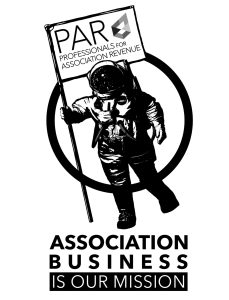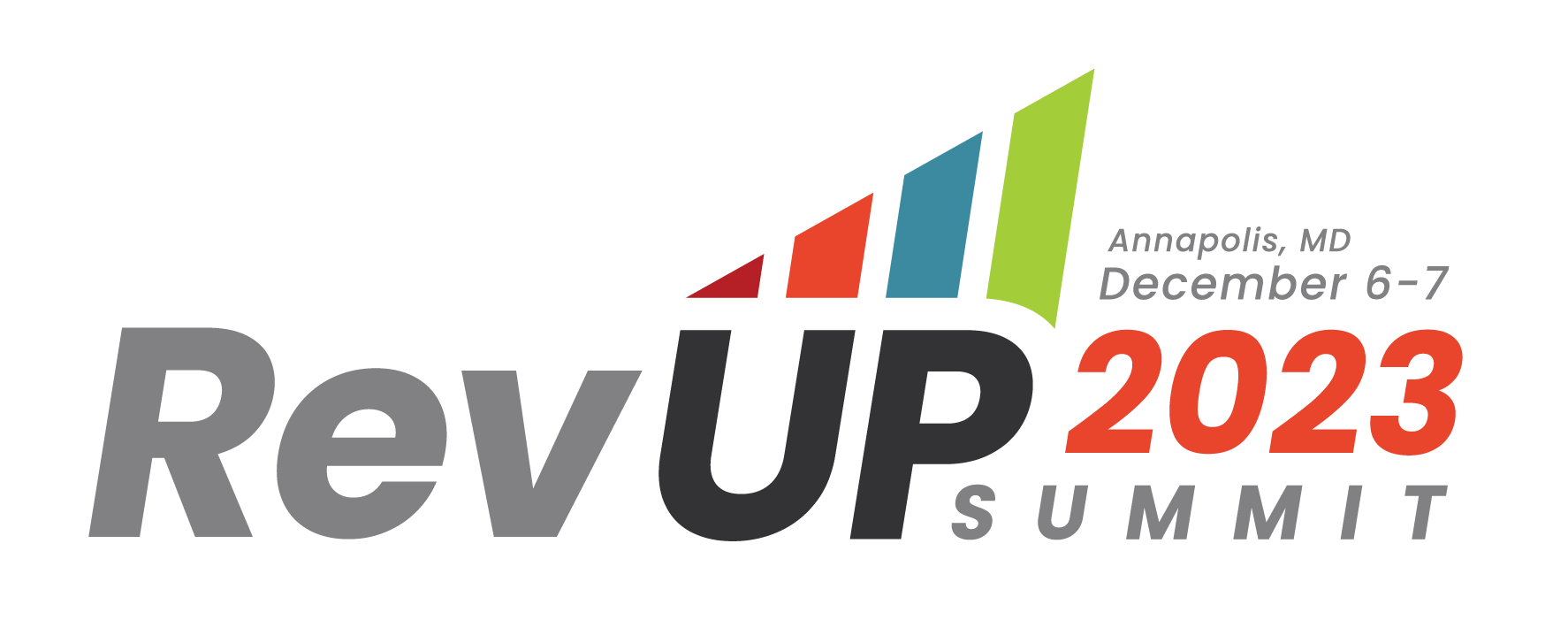Mission Possible: How Associations Can Achieve Their Own Moon Landing Moment

By Carolyn Shomali
Prominently displaying reminders of your organization’s purpose can energize your work. Whether it is a symbol or a phrase, visual reinforcements remind us of our “why” and are powerful prioritization tools. Our Professionals for Association Revenue (PAR) team keeps our association's purpose in reach with the help of our favorite symbol: an astronaut.
Specifically, an astronaut landing on the moon. And here’s why: This one image reminds us of the powerful things that can happen when mission and business align.
 When President John F. Kennedy gave an address before a Joint Session of Congress on May 25, 1961 he made a bold statement.
When President John F. Kennedy gave an address before a Joint Session of Congress on May 25, 1961 he made a bold statement.
“I believe that this nation should commit itself to achieving the goal, before this decade is out, of landing a man on the moon and returning him safely to the earth," Kennedy said. “No single space project in this period will be more impressive to mankind, or more important for the long-range exploration of space; and none will be so difficult or expensive to accomplish.”
Did you catch that? Kennedy shared his mission and at the same time acknowledged the United States would need a financial commitment to make it happen. He understood that bold missions are transformative if we have the revenue required to accomplish them. Imagine if our associations boldly shared their missions and acknowledged to our audiences that accomplishing them requires revenue health.
This is the mission of PAR and why the astronaut reminds us of this vision.
President Kennedy’s 1961 address continues by emphasizing these 5 key strategic approaches to the proposed moon landing. Read on to see how your association can achieve its own moon moment.
1. Strategize Your Mission. In the early 1960s, the “space race” was a large part of the Cold War competition between the United States and the Soviet Union – and America was losing it. One month prior to Kennedy’s moon declaration, the Soviets won the race into space when pilot Yuri Gagarin became the first human in space. In his 1961 address, Kennedy summarized why the United States had fallen behind.
“We have never specified long-range goals on an urgent time schedule, or managed our resources and our time so as to insure their fulfillment.”
ASK: If you applied Kennedy’s statement to your own association, would it be accurate? Is your mission bold enough? Do you have a strategy for how to approach your mission?
2. Create a Culture of Revenue. Just after Kennedy declared his intentions to land on the moon, he outlined the resources the United States would need to make it a reality.
“Let it be clear that I am asking the Congress and the country to accept a firm commitment to a new course of action, a course which will last for many years and carry very heavy costs: 531 million dollars in fiscal '62.”
A moon landing would require extreme scientific advancements, improved materials, skilled engineers, scientists and technicians. But above all, it would require financial resources. If the United States was unable to commit financially, the mission to the moon would fail.
“It is a heavy burden, and there is no sense in agreeing or desiring that the United States take an affirmative position in outer space, unless we are prepared to do the work and bear the burdens to make it successful. If we are not, we should decide today and this year,” Kennedy said.
ASK: What is your association’s commitment to revenue health? Is it prioritized at all levels of the organization? Is there an understanding that revenue generation is imperative to the health of your association’s loftiest goals?
3. Equip Your Team. Revenue health is vital to an association’s long-term success, but it requires a strategic reinvestment into our work. Kennedy used this same logic saying, “We cannot afford undue work stoppages, inflated costs of material or talent, wasteful interagency rivalries, or a high turnover of key personnel. New objectives and new money cannot solve these problems.”
For associations, silos are akin to “interagency rivalries.” Failing to invest in our talent is equivalent to “high turnover of key personnel.” Association leadership must recognize the value of skilled teams to advance the association’s mission.
ASK: Is professional development prioritized within your organization? Is there open and effective communication between departments?
4. Recognize the Competition. There is growing competition for both association members and sponsorship dollars. It is important for associations to be aware of the competition, just as the United States was aware of the advancements by the Soviet Union. But as Kennedy reminds us, we have our own strengths and value to offer. Our efforts should be our own.
“Recognizing the head start obtained by the Soviets with their large rocket engines, which gives them many months of lead time, and recognizing the likelihood that they will exploit this lead for some time to come in still more impressive successes, we nevertheless are required to make new efforts on our own,” Kennedy said.
ASK: Does your association have a clear outlook on your competition? Are you reacting to the competition or creating your own strategy in the market?
5. Find Your Allies. While concluding his address, Kennedy showed optimism in the mission's eventual success. “A second real asset is that we are not alone,” Kennedy said. “We have friends and allies all over the world who share our devotion to freedom.”
Our associations have the power to transform communities and industries. Remembering that we have allies in the form of partners, members, thought-leaders and colleagues can help us approach our work with new purpose and energy.
Align Mission with Business at the RevUP Summit!
Join us December 6 and 7 in Annapolis, Maryland for the RevUP Summit. Register here.
